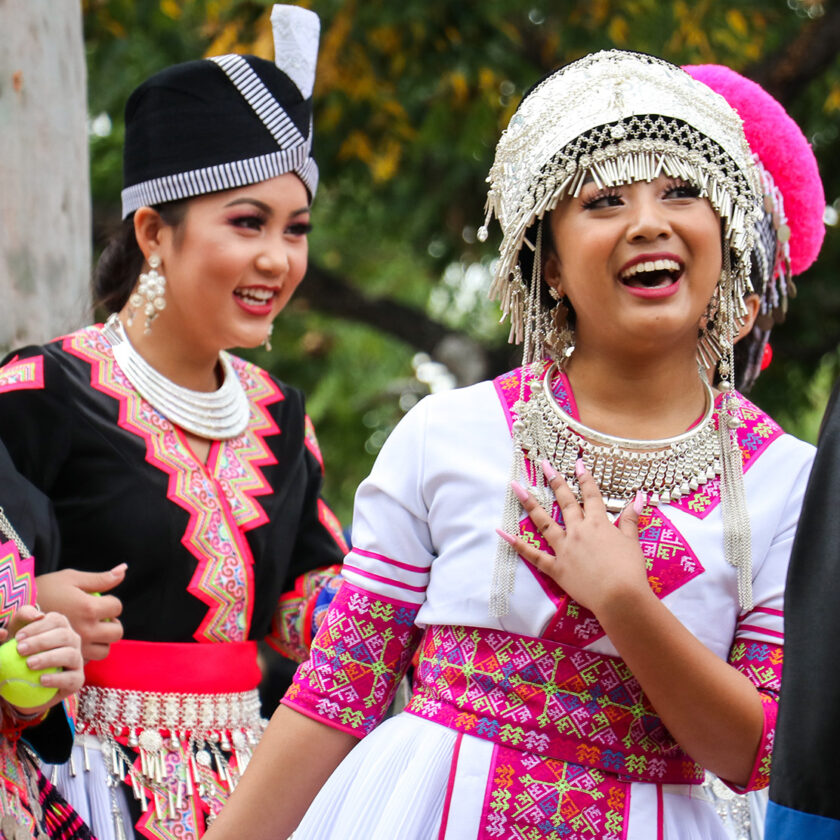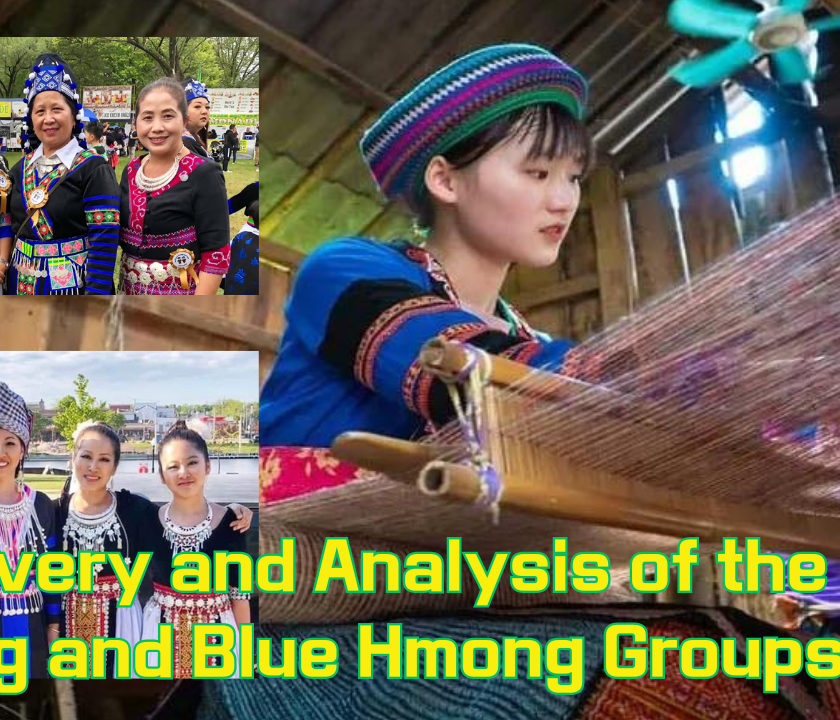Learn about the Hmong people in Canada

Canada, a nation known for its rich tapestry of cultures and peoples, houses communities from all corners of the world. Among its vibrant ethnic mosaic is a lesser-known yet significant group: the Hmong people. This article aims to shed light on the Hmong community in Canada, their history, culture, and contributions to the Canadian fabric.
Origins and Migration:
The Hmong people originally hail from the mountainous regions of China, Laos, Vietnam, and Thailand. Over the centuries, political unrest, wars, and socio-economic pressures have driven many Hmong communities to migrate across the globe.
While the most significant Hmong diaspora is in the United States, due to the aftermath of the Vietnam War, a smaller but significant number made their way to Canada. These migrations mainly occurred during the late 1970s and early 1980s, as refugees sought safety and better opportunities.
Settlement and Integration:
Most of Canada’s Hmong population settled in urban centers such as Toronto, Vancouver, and Montreal. In these cities, they formed tight-knit communities, establishing places of worship, community centers, and local businesses.
Integration into Canadian society was, as with many immigrant groups, a mix of challenges and successes. While the Hmong youth often adapted quickly, older generations faced linguistic and cultural barriers. However, over time, with the resilience characteristic of the Hmong community, they carved a niche for themselves in Canada’s multicultural milieu.
Cultural Significance:
The Hmong community is celebrated for its rich cultural traditions. Some elements that stand out include:
- Paj Ntaub: A traditional form of textile art, where intricate patterns are sewn or embroidered onto fabric. This art form often tells stories, representing the Hmong experience.
- New Year Celebrations: A vital event in the Hmong calendar, it involves vibrant displays of traditional music, dance, and attire.
- Cuisine: Hmong food, with its flavorful and aromatic dishes, is slowly finding its way into Canada’s culinary scene.
Contributions to Canada:
Over the years, the Hmong community has made significant contributions to Canadian society:
- Economy: From local businesses to roles in larger corporations, the Hmong people have positively impacted the Canadian economy.
- Cultural Exchange: Through community events, workshops, and celebrations, the Hmong have introduced Canadians to their rich traditions and history.
- Community Service: Many Hmong individuals and organizations actively participate in community development, charity work, and other service-oriented initiatives.
Future of the Hmong in Canada:
The Hmong community, though smaller compared to other ethnic groups in Canada, continues to grow and evolve. The younger generations, born and raised in Canada, are seamlessly blending their Hmong heritage with Canadian values, creating a unique identity of their own.
With the continuous effort to preserve their traditions while contributing actively to Canadian society, the Hmong community is poised to remain a vital and enriching part of Canada’s cultural landscape.
In conclusion, the Hmong community in Canada is a testament to the country’s spirit of diversity and inclusivity. Their journey, challenges, successes, and contributions serve as a reminder of the beauty of multiculturalism and the strength that lies in unity amid diversity.
#3Hmoob #Hmong #Hmoob






Responses